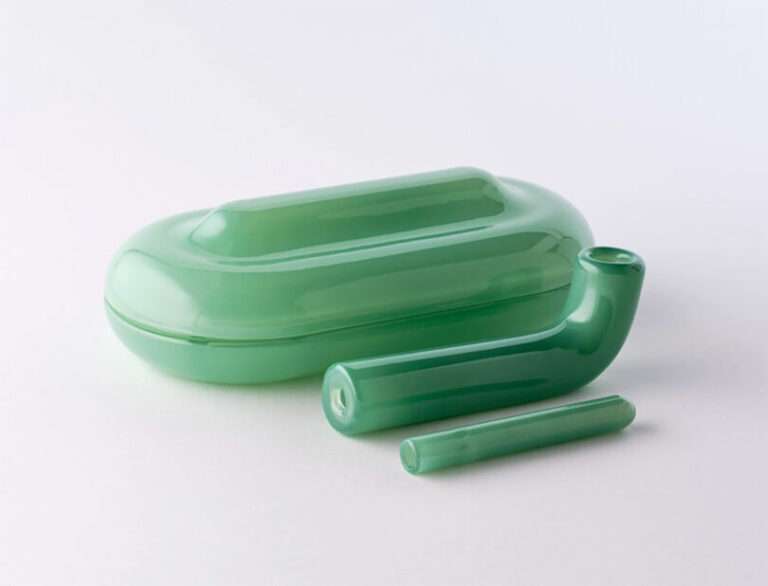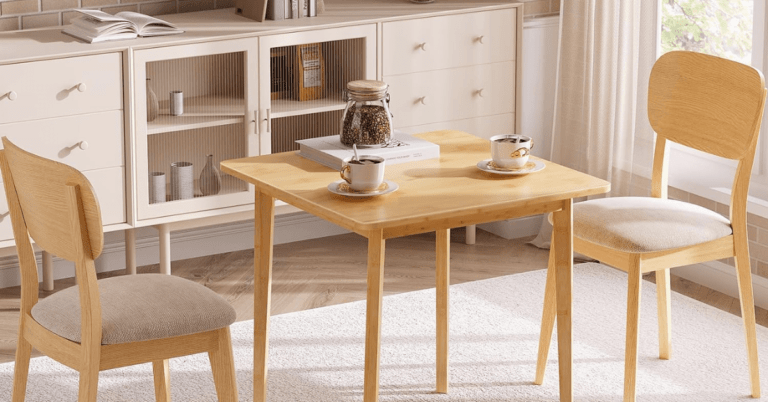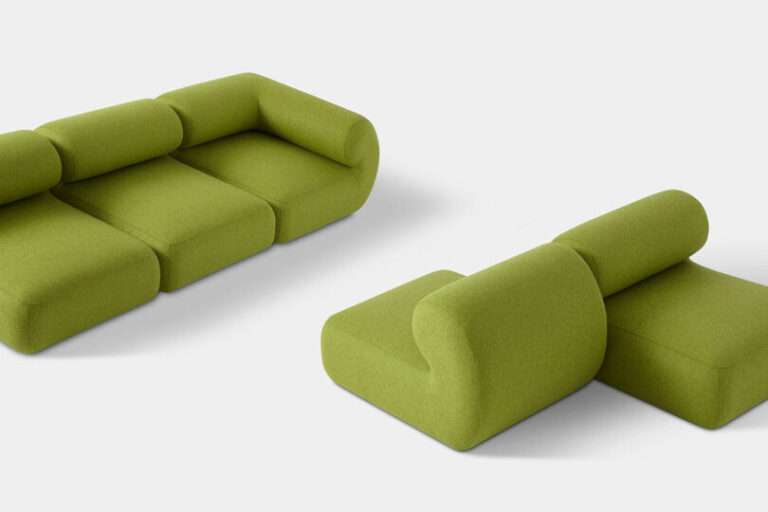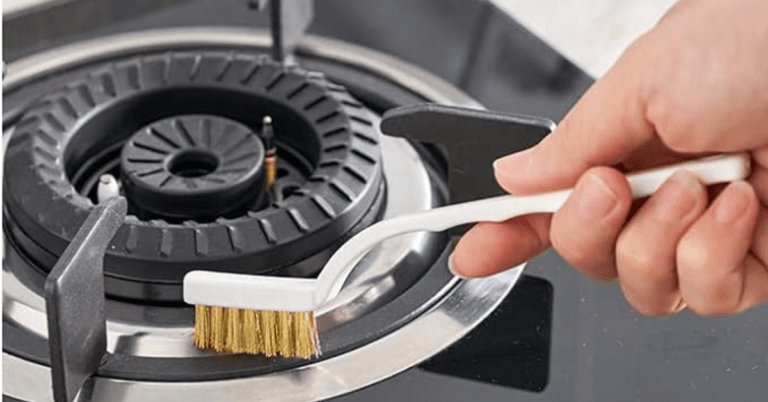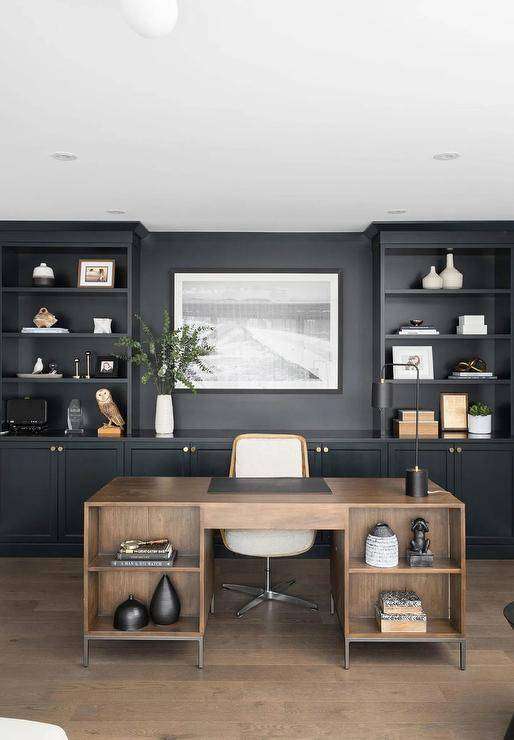January is the month most often associated with the pursuit of organization, be it in our homes or our new year intentions. With my current focus on family health, meal planning, zero-waste, and the tidiness of my refrigerator, I found it fitting to highlight three products that are all examples of compartmentalization, and the universal and timeless urge to bring order to your kitchen.
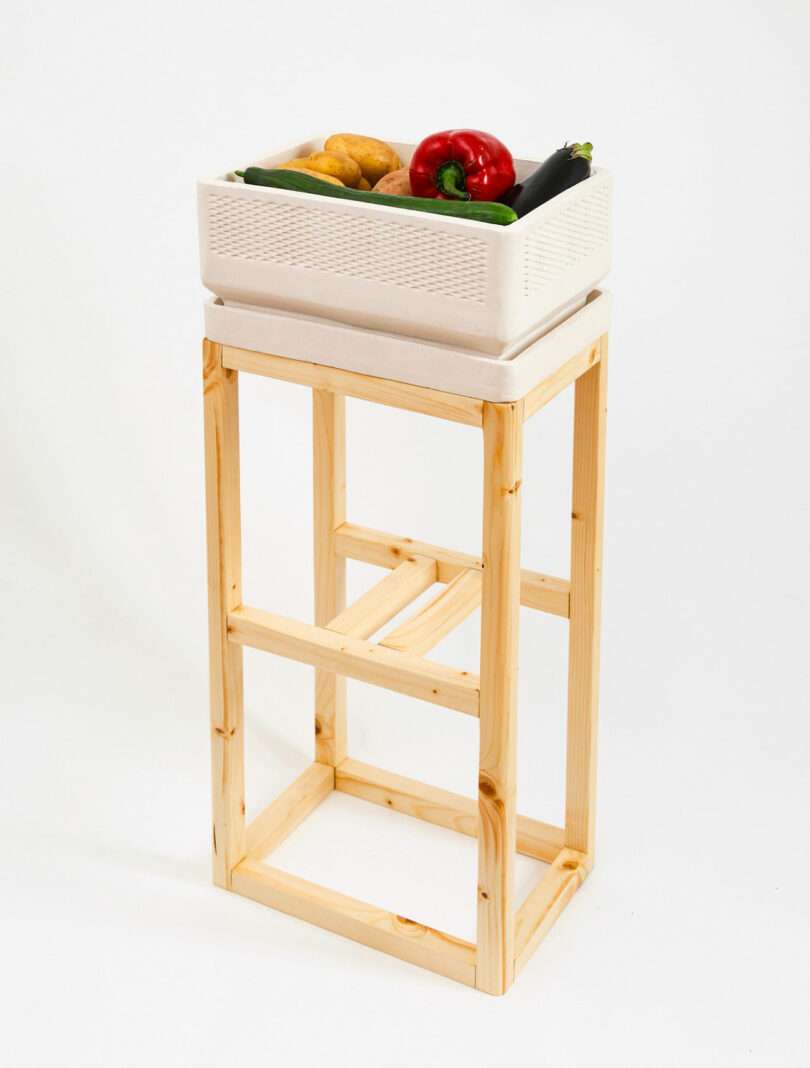
TONY® Photo: Courtesy of Lea Lorenz
First on the list is Lea Lorenz’s TONY®, a contemporary reinterpretation of the clay jug cooling concept, leveraging evaporative cooling techniques to keep food “refrigerated” without electricity.
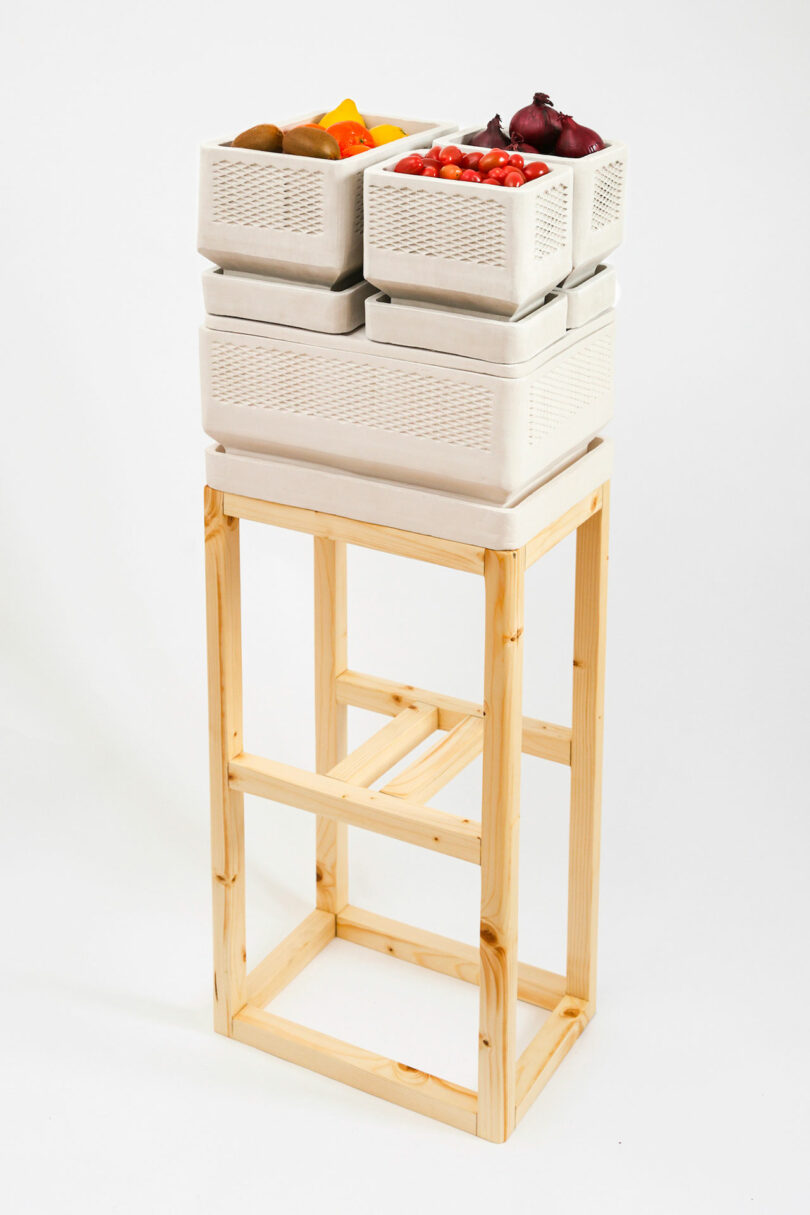
TONY® Photo: Courtesy of Lea Lorenz
The individual clay coolers are available in three different stackable sizes, each consisting of a water tank, a food container, and a lid. This means that each clay cooler works separately.
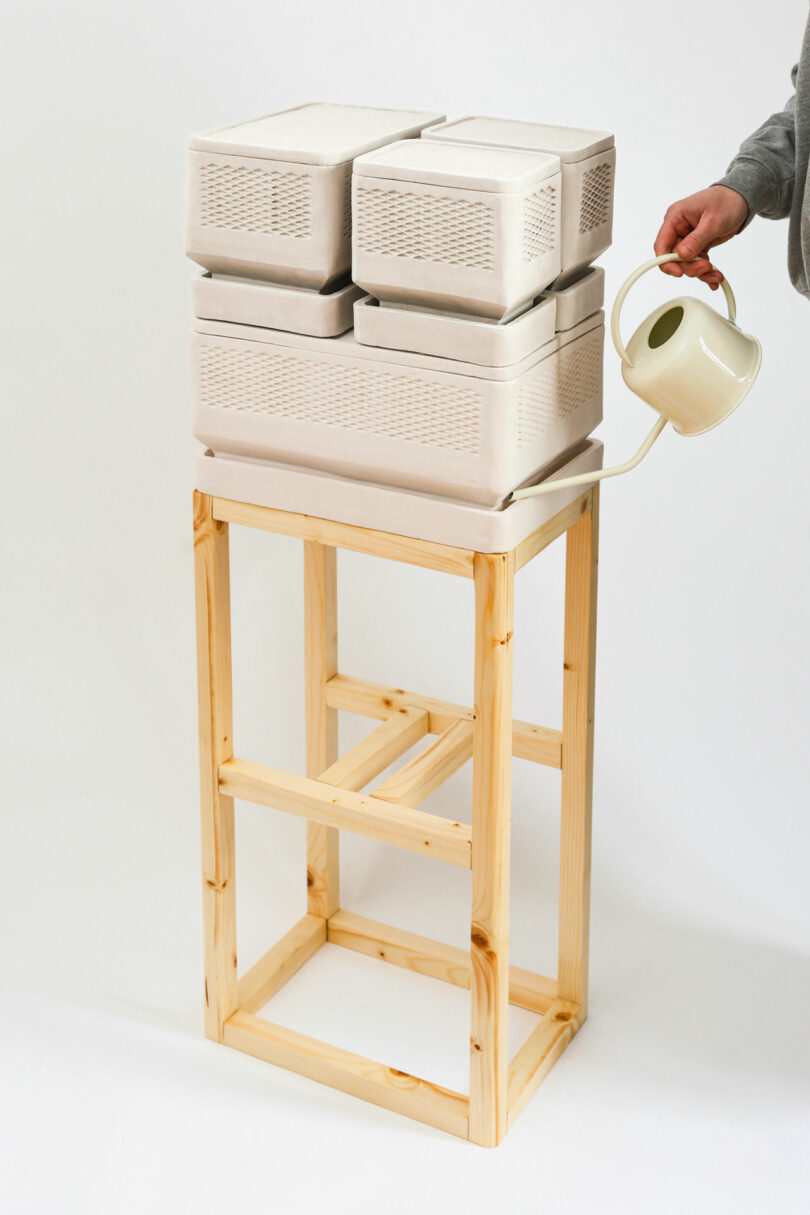
TONY® Photo: Courtesy of Lea Lorenz
The porous raku-clay absorbs water from the tank, and as it evaporates on the container walls, it cools the interior to an optimal 13°C to 17°C. This creates ideal storage conditions for fruits, vegetables, and baked goods. It is precisely these foods that make up the majority of avoidable food waste.
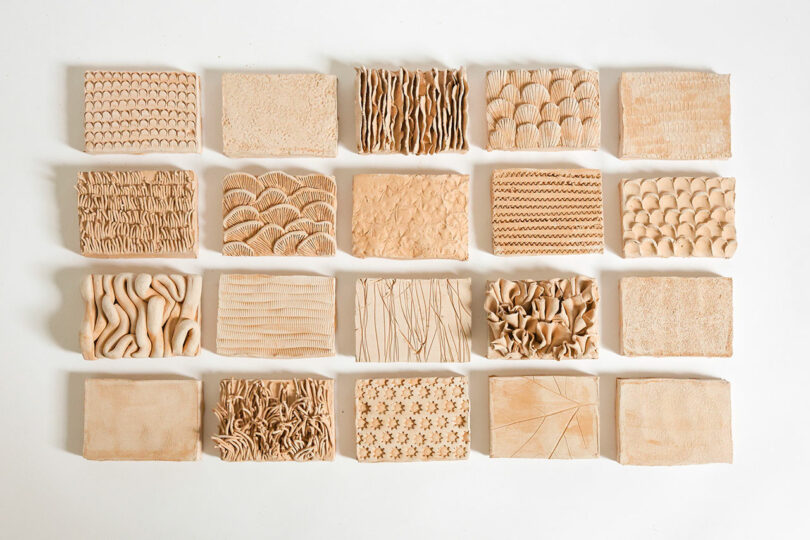
Clay surface experiments for TONY® Photo: Courtesy of Lea Lorenz
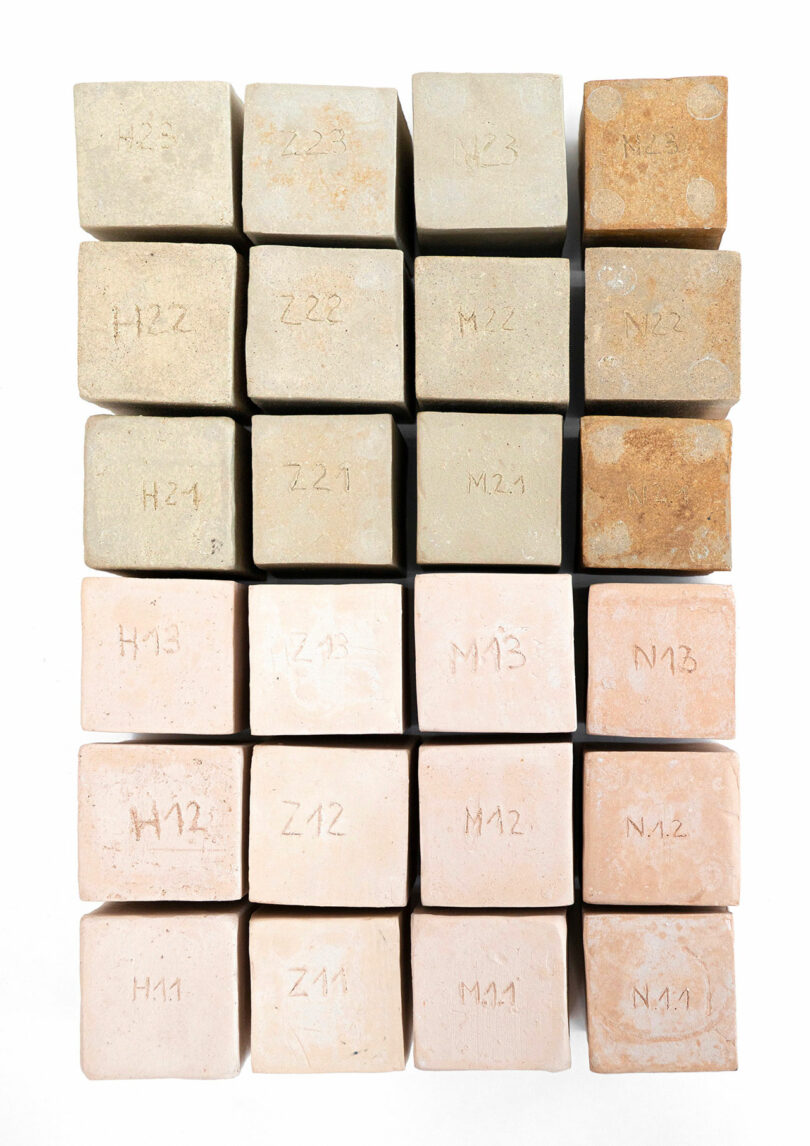
Clay column experiments with different types of clay for TONY® Photo: Courtesy of Lea Lorenz
The robust construction of the clay jug cooler ensures longevity. Should the cooler become compromised, its components can be recycled by grinding them into fireclay, reintegrating them into clay masses to produce new coolers.
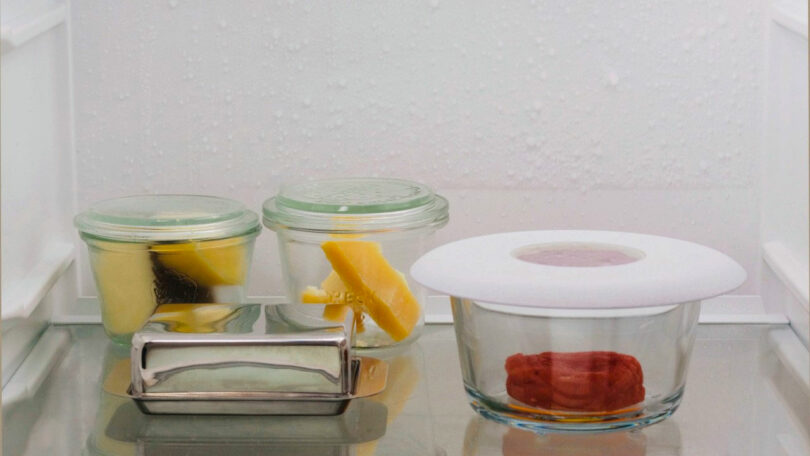
Vorkoster Photo: Frangipani Beatt
Next, we’ll explore Berlin-based designer Kimia Amir-Moazam’s container system, Vorkoster. Rather than discarding perfectly good food based on expiration dates, Amir-Moazam developed a biochemical food lid that changes color to indicate when refrigerated food is about to spoil. With food waste contributing significantly to carbon emissions, the Vorkoster Lid offers a breath of fresh air.

Vorkoster Photo: Courtesy of Kimia Amir-Moazam
In 2021, the Vorkoster Lid made its mark at Dutch Design Week championing design as a force for good. “I wanted to create something that can help people to save food, either for sustainability or financial reasons.” The first working prototype of Vorkoster was developed with the help of Sany Chea, a chemistry scientist Amir-Moazami met during a residency at the Fraunhofer Institute for Applied Polymer Research. Since then, the pair have been developing the concept with a plan to launch Vorkoster as a commercial product. They believe the product could hit the shelves in the next two years.
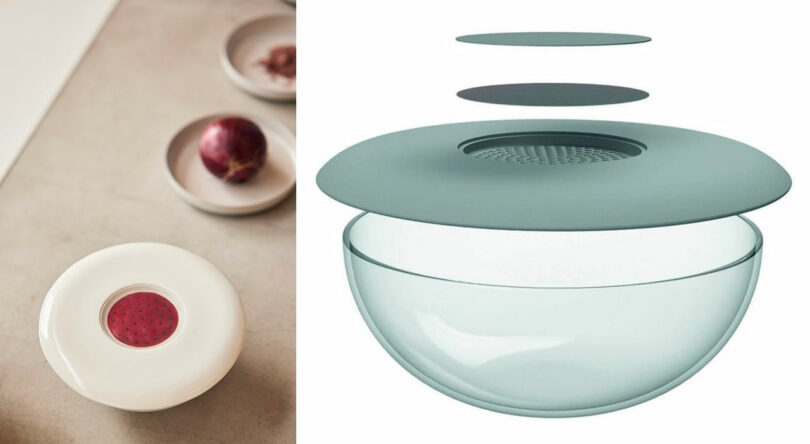
Vorkoster – pH sensitive film changes color indicating food is expiring Photo: Anouk Moerman
The Vorkoster Lid, equipped with pH functionality, directly responds to a food item’s freshness, relying on natural senses similar to recognizing the browning of a banana peel or the smell of sour milk. Made from algae coated in a specially developed indicator dye, the film changes color from pale green to bright purple when spoiled food releases ammonia gas, providing an accurate indication of food freshness and reducing reliance on generic expiration dates.
Amir-Moazam drew inspiration from the common practice of using a plate to cover food in the fridge. The Vorkster Lid, a chameleon after-market accessory designed to fit any bowl, ensures flexibility and compatibility with various containers.
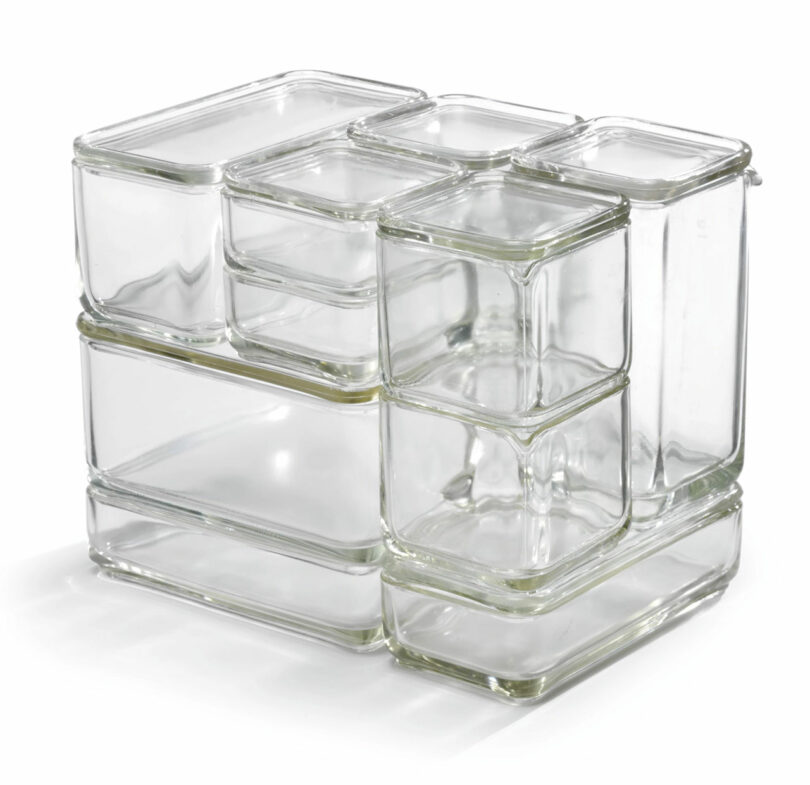
Kubus Photo: Courtesy of Sotheby’s
Lastly, I’ve long admired Bauhaus designer Wilhelm Wagenfeld for his ingenious and unrivaled Kubus design. Manufactured by VLG (Vereinigte Lausitzer Glaswerke), the German storage containers remain relevant today, nearly a century after their debut in 1935.
Comprising seven stackable units of variable sizes with interchangeable lids, the design is exceptionally versatile. Constructed from thermal shock-resistant borosilicate, these pieces can withstand extreme heat changes, transitioning seamlessly from refrigerator to oven. The modular system allows for use together or individually, offering maximum flexibility in the pantry or tableside.
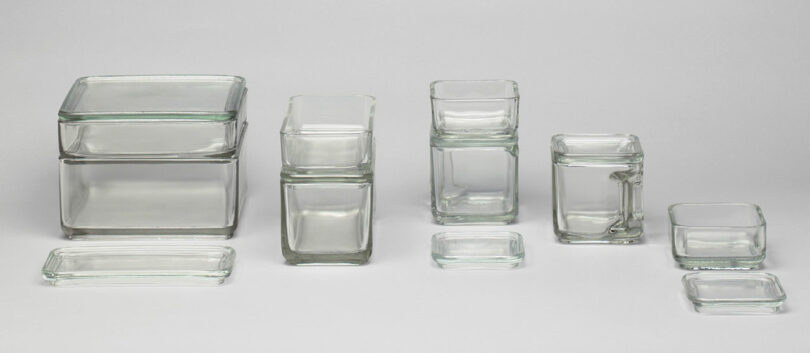
Kubus Photo: Courtesy of MoMA
Moreover, the eco-friendly industrial glass is easy-to-clean, store, and efficiently showcases contents, akin to a Mondrian color block stack of meal-prepped ingredients ready to cook for dinner.
In my search, the current modular stackable designs feature plastic or silicone snap-on lids, restricting their use from fridge to oven. While food-grade silicone is marketed as less harmful than plastic, some still argue the research remains inconclusive.
Honestly, I wish there was an all-glass product like Kubus currently on the market. It would be the solution to our plastic container curse.
Corningware, Duralex, Pyrex, are you listening?

